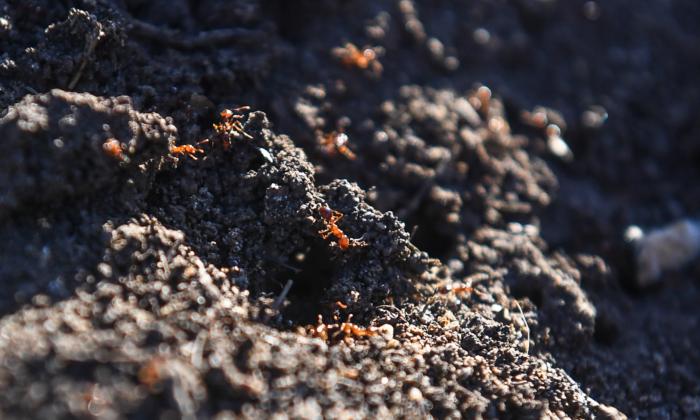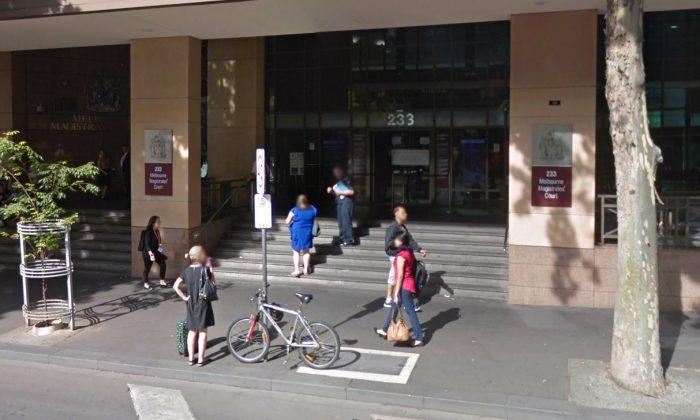An extra 50,000 older Australians will get access to the Commonwealth Seniors Health Card if the Morrison government is re-elected, as two new polls show Labor continues to lead on the two-party vote.
A day after Labor leader Anthony Albanese accused him of neglecting older Australians, Prime Minister Scott Morrison is set to announce an increase in the singles income test threshold— from $57,761 to around $90,000 - from July 1 this year to broaden access to the concession card.
The couples threshold will also increase from $92,416 to $144,000.
At the commonwealth level, all cardholders are eligible for cheaper medications and health care and may also be entitled to state, territory and local government savings, like discounted rates, electricity and gas bills, ambulance, dental, eye care, recreation and public transport.
Morrison says the $70 million expansion is part of the coalition’s plan to deliver cost of living relief.
“This means more senior Australians could save hundreds of dollars, including up to $428 a year for access to a monthly script for vital medicines and a refund for medical costs if you reach the Medicare safety net,” he said.
Social Services Minister Anne Ruston said the commitment would build on the $525 million plan to reduce the safety net threshold for PBS medications, including a cut in the price of medications by $10 per script from January 1 next year.
At Labor’s campaign launch in Perth on Sunday, Albanese revealed a higher medicines price cut of $12.50.
The PBS was “another of the great Australian institutions established by Labor” and proof of his party’s commitment to universal health care.
As the election campaign reaches the halfway point, Labor is hoping its A Better Future-themed campaign launch on Sunday will provide some momentum after Albanese spent a week in COVID-19 isolation.
The launch included new policies on first home purchasing, manufacturing and electric vehicles, as well as dealing with the issue of gender pay equity and fixing problems in aged care and child care.
A Newspoll published in The Australian on Monday shows Labor is leading the government by 53 per cent to 47 per cent on a two-party preferred basis.
If realised, the coalition could lose 10 seats at the May 21 election.
Asked if it was time for a change of government, the poll of 1538 voters taken between April 27 and 30 found 56 per cent agreed and 44 per cent said the coalition should be returned.
But 45 per cent of respondents believe Morrison would make the better prime minister, against 39 per cent for Albanese.
A Resolve poll of 1408 voters published in Nine newspapers on Monday closely mirrored the Newspoll result, finding Labor leading on a two-party basis at 54 per cent to 46 per cent.
Morrison was ahead on the preferred prime minister measure at 39 per cent to 33 per cent.
Albanese is expected on Monday to campaign in Queensland, where Labor holds six of 30 seats and needs to make gains if it is to win the election.
He told the campaign launch a Labor government would invest $1 billion in developing value-added products from minerals like lithium and nickel.
The coalition has been campaigning in Queensland on division within Labor over the future of the resources sector, especially coal mining jobs, which cost the party votes in 2019.
“We know Labor is dominated by its green-left faction and is deeply divided over the future of Australia’s resources sector,” Resources Minister Keith Pitt said.
Meanwhile, a second leaders debate will be hosted by the Nine Network this Sunday night and the Liberal campaign is expected to be launched a week later.
Early voting starts on May 9.





